 Menu
Menu
 Menu
Menu
The world has been living with the reality of the nuclear bomb for 70 years. Here are just a few interesting facts about it...
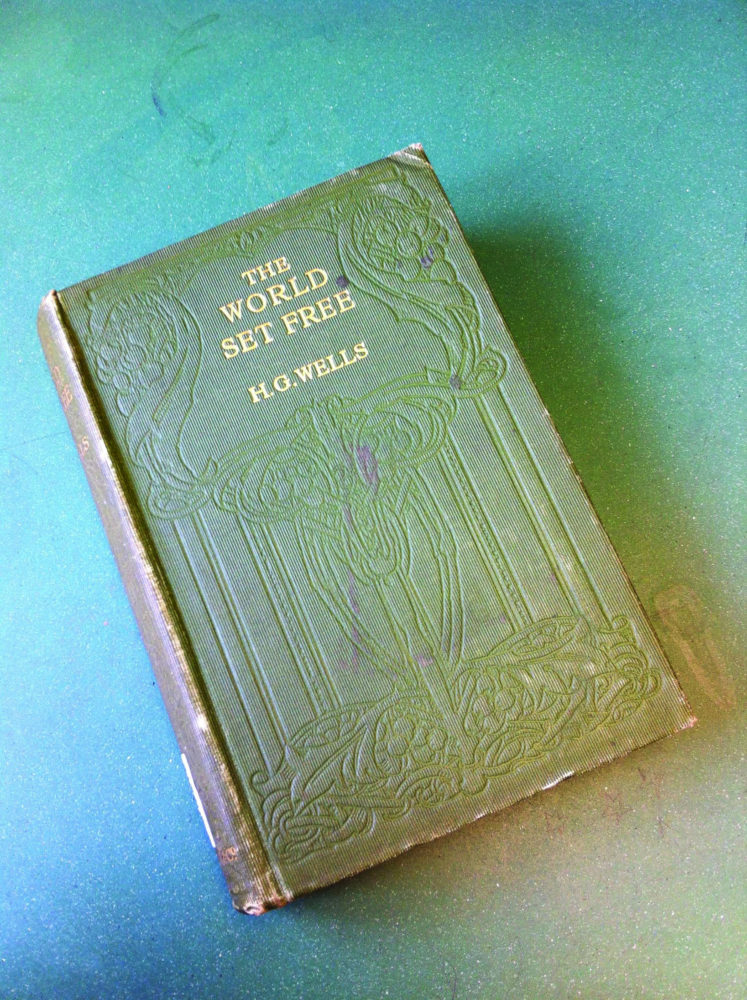
Famous author’s predictions almost accurate
The term atomic bomb first appeared in H.G. Wells’ 1914 novel The World Set Free. The book imagined “atomic bombs” that had the same force as a grenade but blazed on for days.
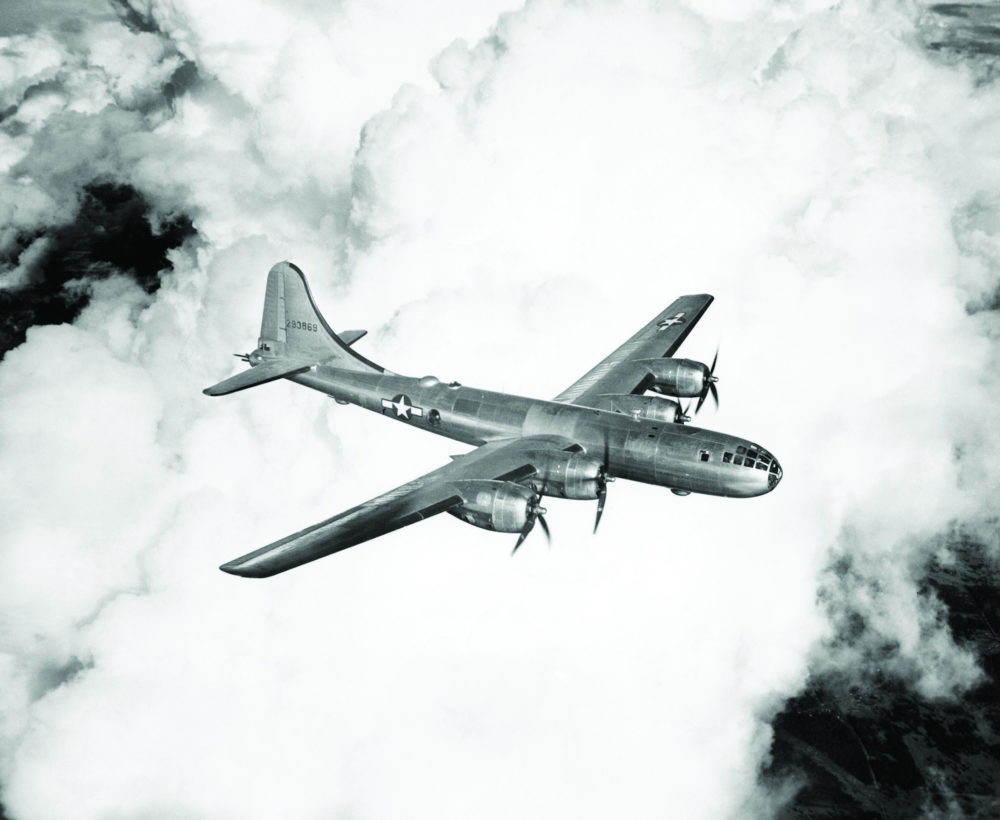
Suggesting how little consideration Americans had given to the moral complexity of bombing Japan, in October 1945 a “Tribute to Victory” pageant was held at the Los Angeles Coliseum. 100,000 people cheered on as a pyrotechnic explosion re-created the Hiroshima bombing as a B-29 Superfortress bomber like the one pictured flew overhead.
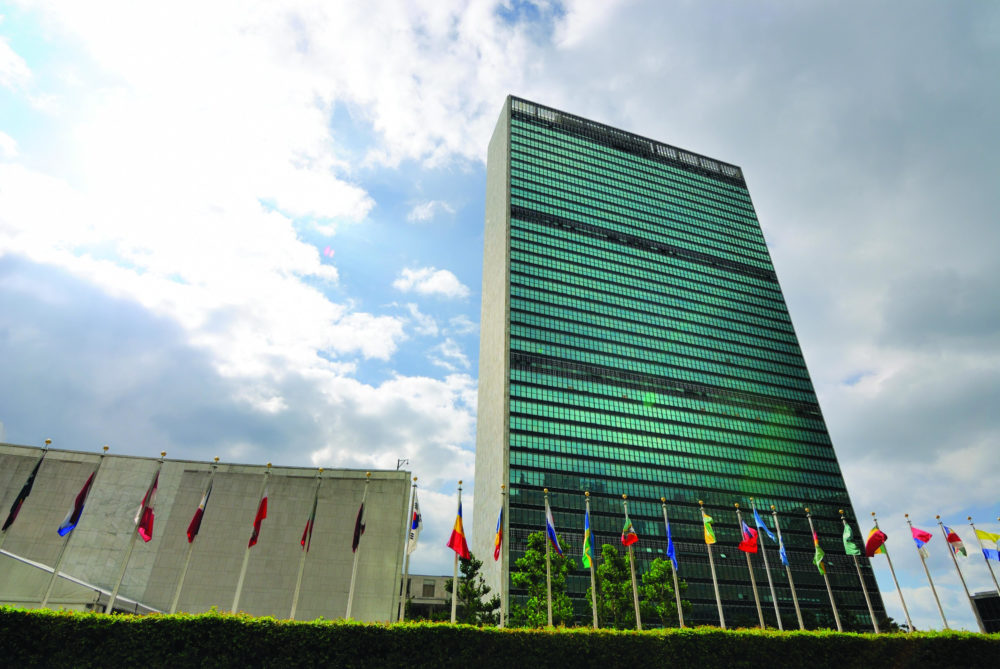
The Comprehensive Nuclear Test Ban Treaty was adopted by the United Nations in 1996 to prohibit all testing of nuclear bombs. However, it has failed to come into effect due to several nations refusing to ratify it.
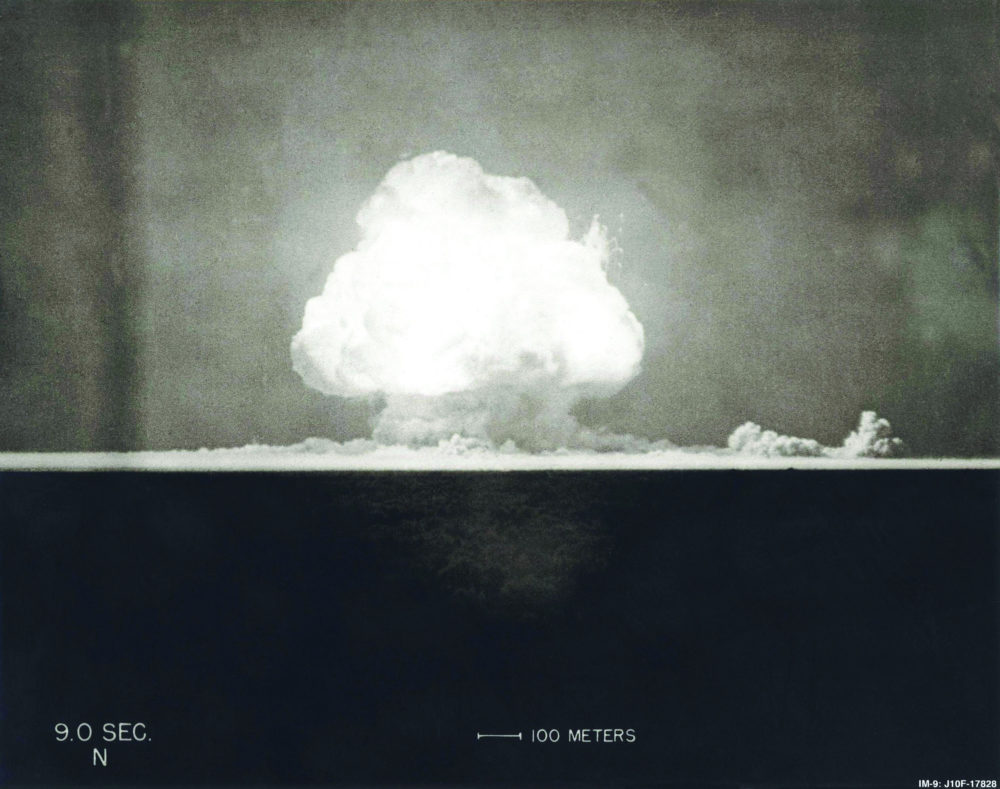
The first test explosion of the bomb, the Trinity test, produced a mushroom cloud almost 13,000 feet high. This is over twice as high as Canada’s highest mountain, Mt. Logan.
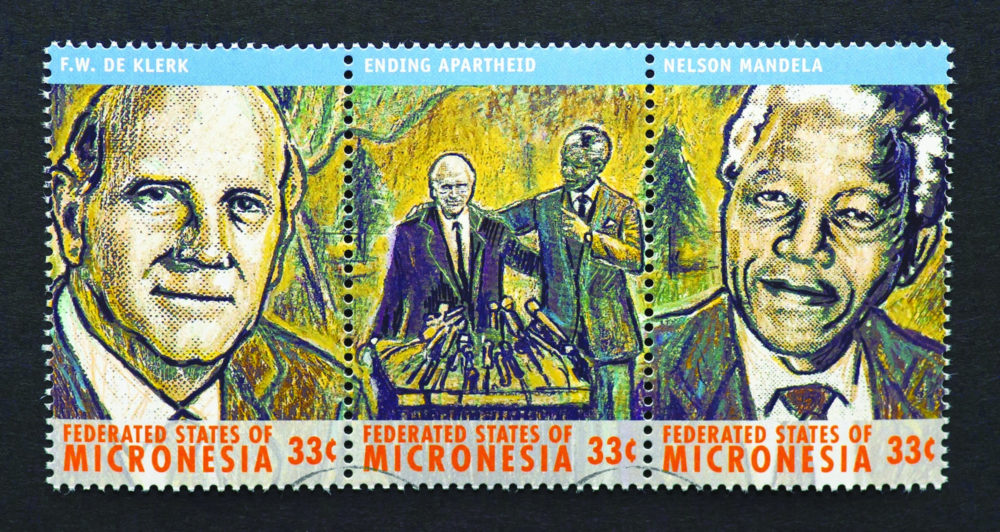
Only one country with a fully-developed nuclear weapons program has voluntarily disarmed. South Africa disbanded their nuclear weapons program in 1989, just prior to the end of the apartheid regime.
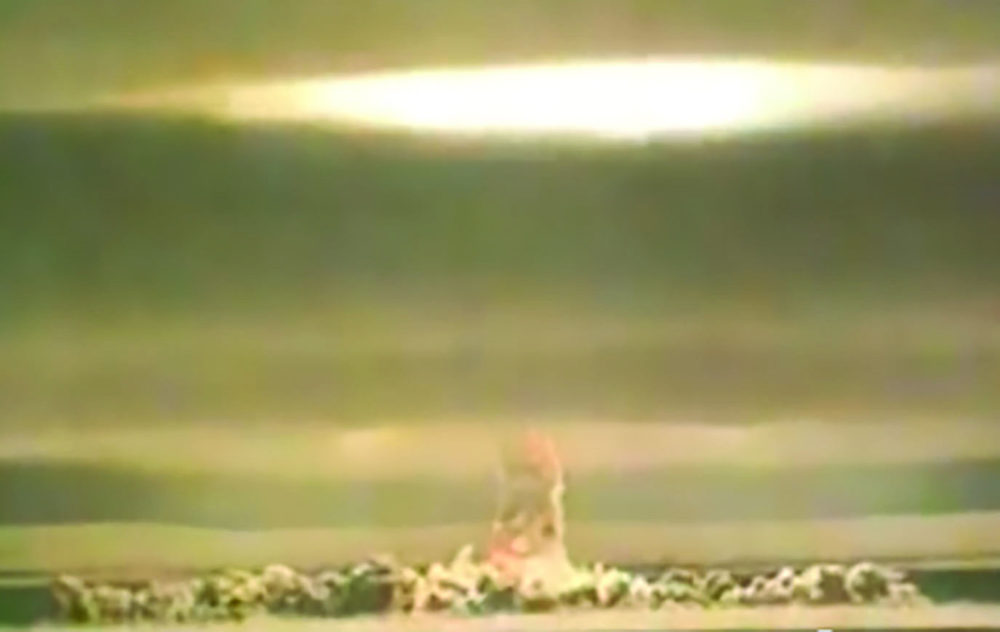
Since 1945, over 2,000 test explosions of nuclear weapons have taken place. The largest nuclear detonation in history was the Soviet Tsar Bomba test, which was over 3,000 times more powerful than the bomb that was dropped on Hiroshima.
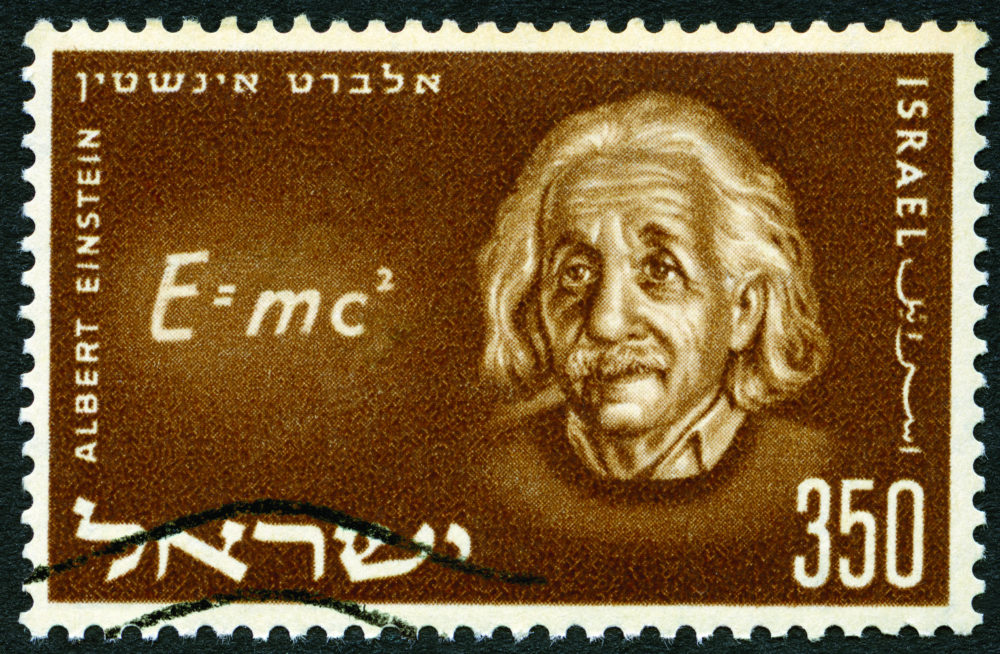
Albert Einstein—shown in a 1956 commemorative stamp—famously said “I know not with what weapons World War III will be fought, but World War IV will be fought with sticks and stones.”
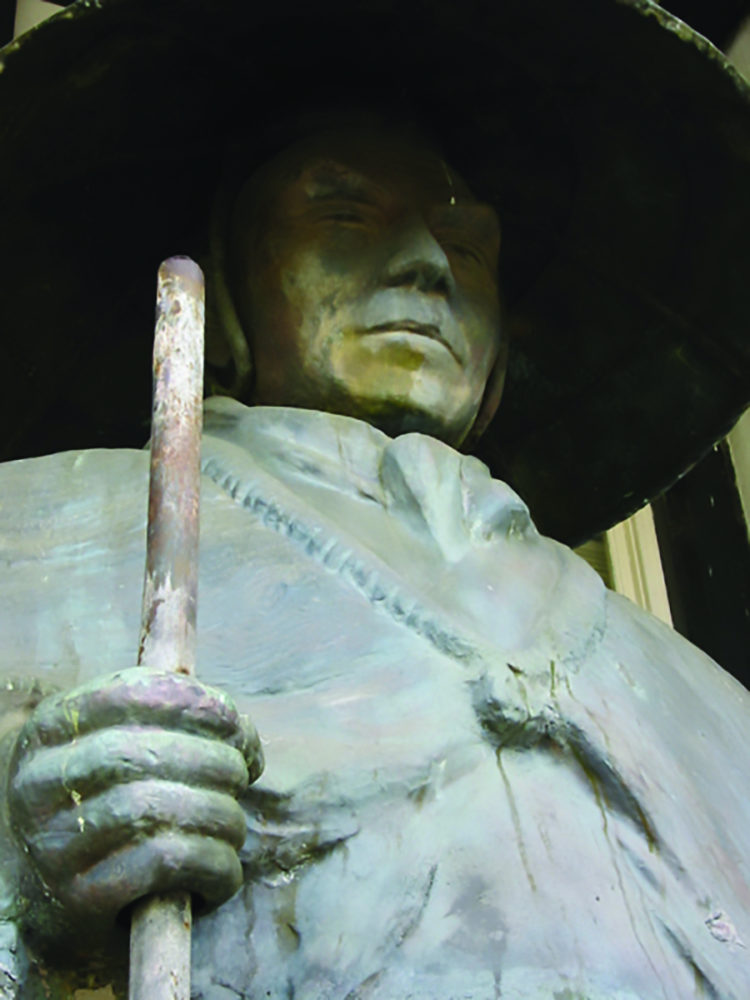
Statue survives atomic bomb
A statue of Shinran Shonin, an influential Japanese Buddhist monk, can be found in front of the New York Buddhist Church. Originally about two kilometres from ground zero in Hiroshima, the statue survived the blast and was brought to New York in 1955. A plaque calls it “a testimonial to the atomic bomb devastation and a symbol of lasting hope for world peace.”
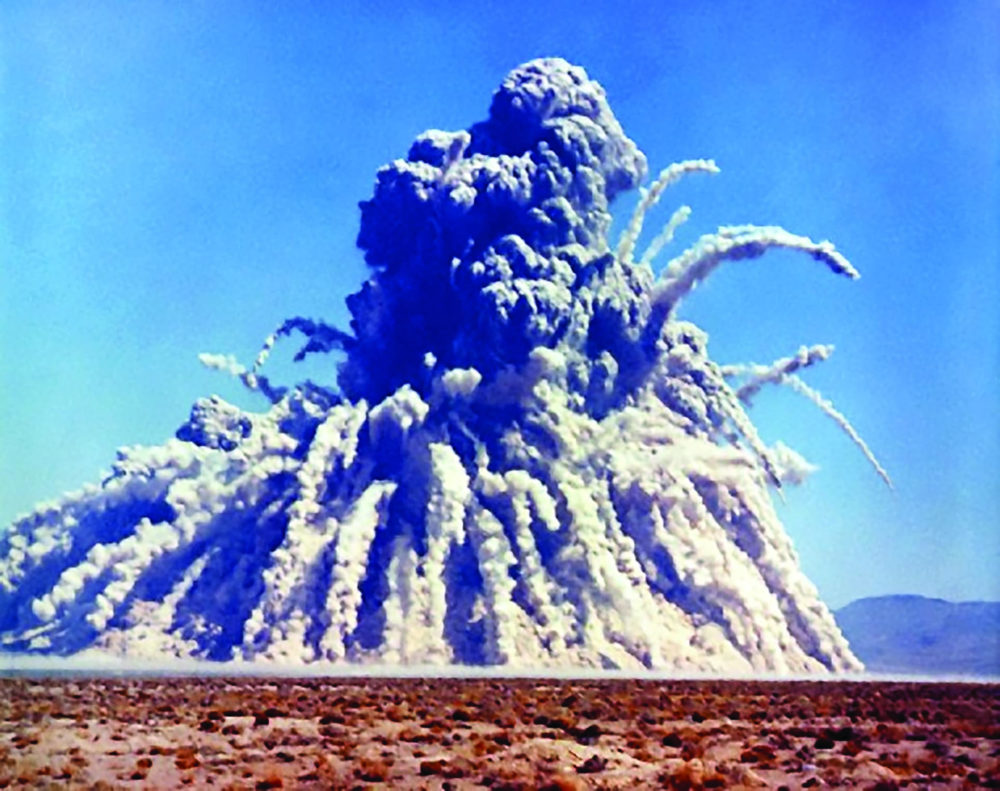
As understandings about the hazardous effects from nuclear testing grew, international treaties were developed that moved nuclear bomb testing underground. Treaties prohibit testing nuclear weapons in oceans, outer space, or on the surface of the earth. This moved testing underground, such as this 1962 American explosion.

Many scientists who helped develop the bomb had regrets. Albert Einstein said “had I known that the Germans would not succeed in developing an atomic bomb, I would have done nothing.” Robert Oppenheimer said “we have raised the question of whether science is good for man.”

Proponents of bombing Japan such as New York Times journalist William Laurence claimed that “Thousands of young Americans thus may owe their lives to the theory of relativity,—which is another way of saying that pure science, no matter how impractical it may appear, pays high dividends in the end.”
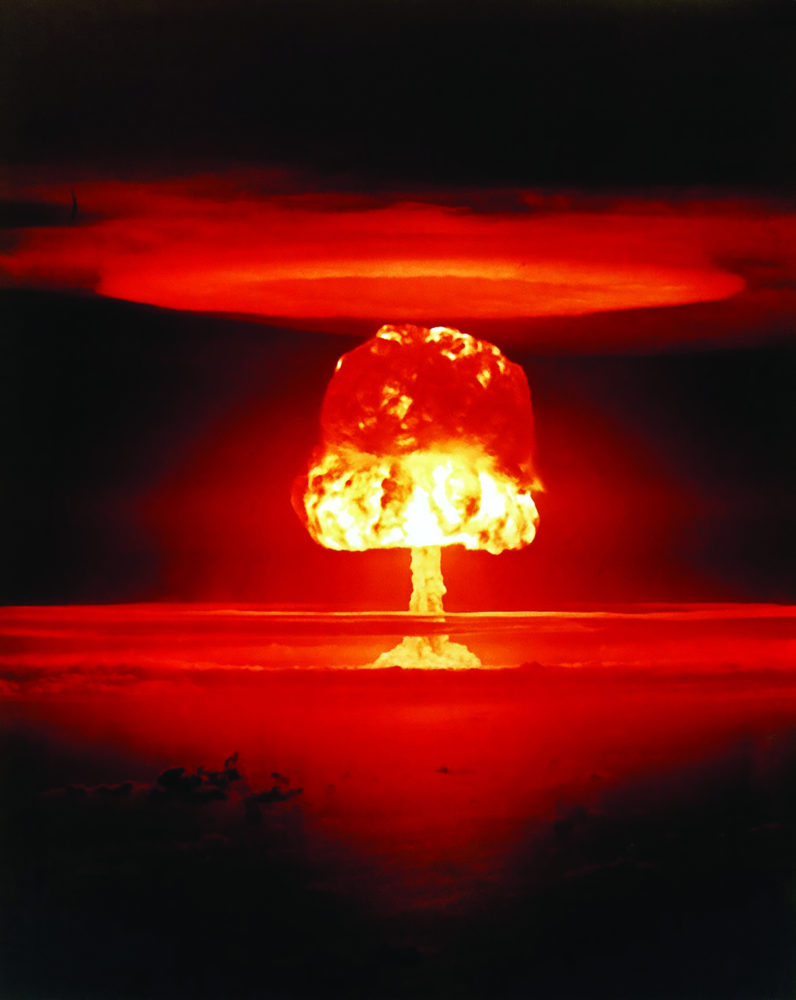
Castle Romeo nuclear test at the Bikini Atoll, April 15, 1954. The mushroom cloud became a symbol of American exceptionalism in the 1940s and 1950s. It was put on everything from record labels to jawbreaker candies as a symbol of what was exciting, cutting edge, and American.
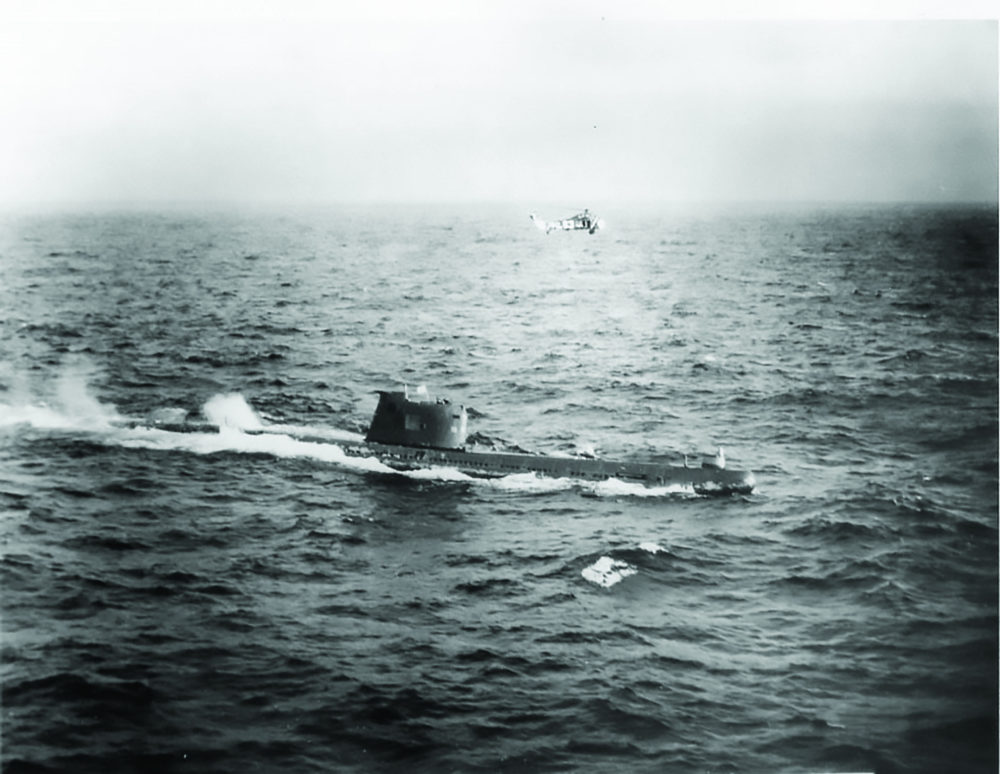
The 1962 Cuban Missile Crisis was likely the closest the world ever came to an all-out nuclear war. So close, in fact, war would have been likely had the level-headed commander of a Russian B-59 submarine—such as the one pictured—not vetoed an order from two other officers to fire their nuclear torpedo.